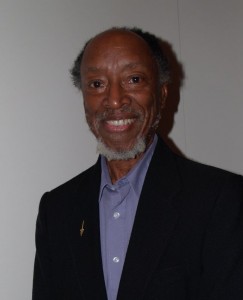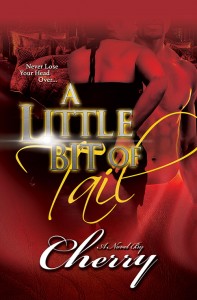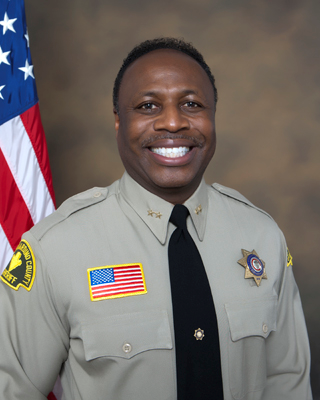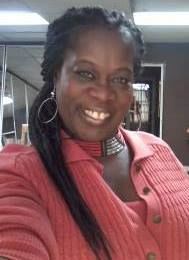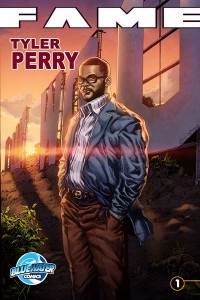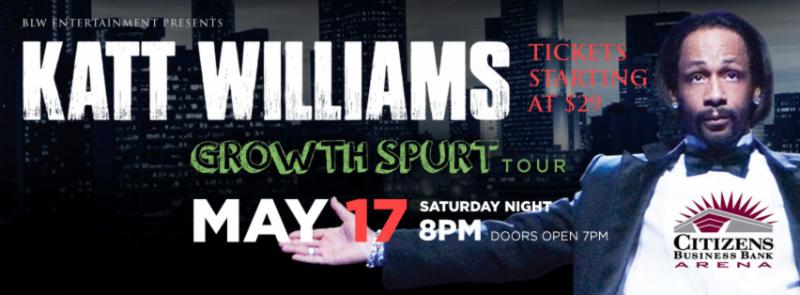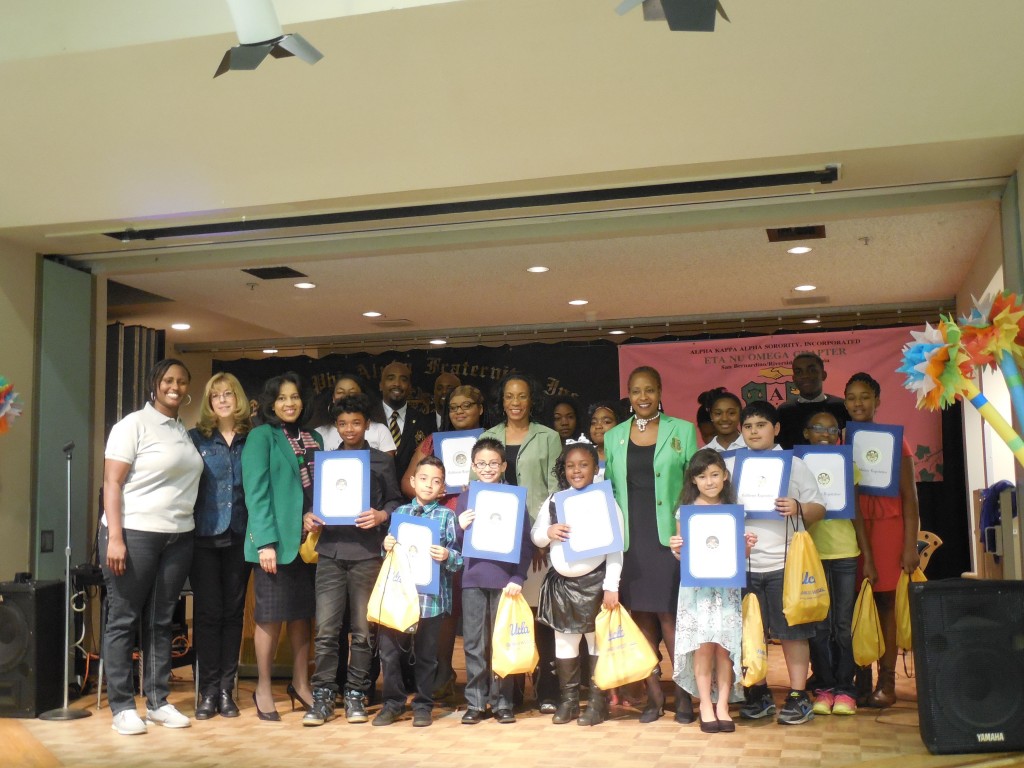 FONTANA, CA- The men of Alpha Phi Alpha Fraternity Incorporated, Mu Xi Lambda chapter, President Mr. Kevin Hall and women of Alpha Kappa Alpha Sorority Incorporated, Eta Nu Omega chapter, Ms. Annette Weathington held the 25th annual Oratorical Contest on Saturday, March 22 at Mango Elementary School, 7450 Mango Avenue, Fontana, CA 92336. This event was coordinated by Mr. Kevin Eastman of Mu Xi Lambda Chapter and Mrs. Twillea Evans-Carthen of Eta Nu Omega Chapter. Dr. Tonia Causey- Bush, Principal of Mango Elementary School; Ms. Patricia Yeary, Mango Elementary Third Grade Teacher; and Dr. Ayanna Balogun, Board Member of Fontana Unified School District was present along with Ms. Lisa Blacksher, Field Representative for Assembly Member Cheryl Brown, 47th District. Mr. Aaron Lash, Jr., student at California State University, San Bernardino and a member of Alpha Phi Alpha Fraternity provided a special performance of spoken word.
FONTANA, CA- The men of Alpha Phi Alpha Fraternity Incorporated, Mu Xi Lambda chapter, President Mr. Kevin Hall and women of Alpha Kappa Alpha Sorority Incorporated, Eta Nu Omega chapter, Ms. Annette Weathington held the 25th annual Oratorical Contest on Saturday, March 22 at Mango Elementary School, 7450 Mango Avenue, Fontana, CA 92336. This event was coordinated by Mr. Kevin Eastman of Mu Xi Lambda Chapter and Mrs. Twillea Evans-Carthen of Eta Nu Omega Chapter. Dr. Tonia Causey- Bush, Principal of Mango Elementary School; Ms. Patricia Yeary, Mango Elementary Third Grade Teacher; and Dr. Ayanna Balogun, Board Member of Fontana Unified School District was present along with Ms. Lisa Blacksher, Field Representative for Assembly Member Cheryl Brown, 47th District. Mr. Aaron Lash, Jr., student at California State University, San Bernardino and a member of Alpha Phi Alpha Fraternity provided a special performance of spoken word.
This annual speech contest provides the opportunity for students grades first through twelfth to have a platform to enhance their public speaking skills, promote self-confidence, educational enrichment, and to further facilitate character building in a safe environment. This contest was developed under “The Belford V. Lawson Oratorical Contest, and uses the International Toastmasters Guidelines.”
Competitors came from local schools in the Inland Empire, such as Mango Elementary School, Palm Avenue Elementary School, Parkside Elementary School, Clement Middle School, Summit Intermediate School, Lakeside Middle School, Heritage Intermediate School, Beverly Vista Middle School, Martin Luther King High School, Summit High School, Eisenhower High School, Grand Terrace High School, Diamond Ranch High School and Cajon High School.
All participants were recognized as winners and received a certificate of recognition for participation from Assembly Member Cheryl Brown, along with a gift bag filled with treats and gifts from various partners. Winners were selected in three groups based on grade level. First place winners received a crystal trophy and a check in the amount of $200.00. Second place winners received a crystal trophy and a check in the amount of $100.00. Third place winners received a crystal trophy and a check in the amount of $50.00.
Winners for the following categories were: Group 1 (1st through 5th) 1st Place – Akira Jones; 2nd Place – Charly Baldeon and 3rd Place – Samuel Huerta. Group 2 (6th through 8th) 1st Place – Thandiwe Bush, 2nd Place – Zaylin Jackson, 3rd Place – Romell McKenzie. Group 3 (9th through 12th) 1st Place – Raihanna Melock, 2nd Place – Brandon Watts, 3rd Place – Cierra Joseph.
Since its formation in 1988, Mu Xi Lambda chapter of Alpha Phi Alpha Fraternity has established itself as a cornerstone to the community and continues to do so with its four community service programs: A Voiceless People is a Hopeless People, Go to High School/Go to College, Project Alpha and its annual March of Dimes’ March for Babies. Through such programs and partnerships, Mu Xi Lambda has remained active in community by providing leadership development and mentoring assistance via the fraternity’s national and local initiatives. For more information regarding upcoming Chapter community service or scholarship opportunities, contact the chapter at muxilambda@info.com
In a similar fashion, Eta Nu Omega chapter of Alpha Kappa Alpha Sorority has been serving the San Bernardino and Riverside area for over fifty two years. Eta Nu Omega has conducted a number of scholarship programs and service events to encourage young women to pursue degrees in higher education as well as providing leadership development, enhanced academic preparation and character building through its well renowned Emerging Young Leaders program. For more information regarding Eta Nu Omega chapter events, visit www.etanuomega.org
 Westside Story Newspaper – Online The News of The Empire – Sharing the Quest for Excellence
Westside Story Newspaper – Online The News of The Empire – Sharing the Quest for Excellence
